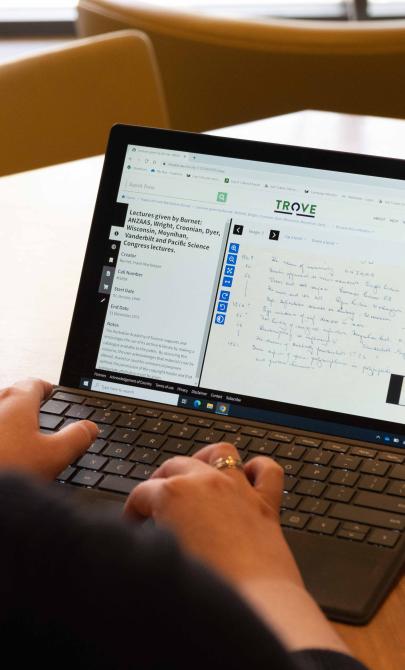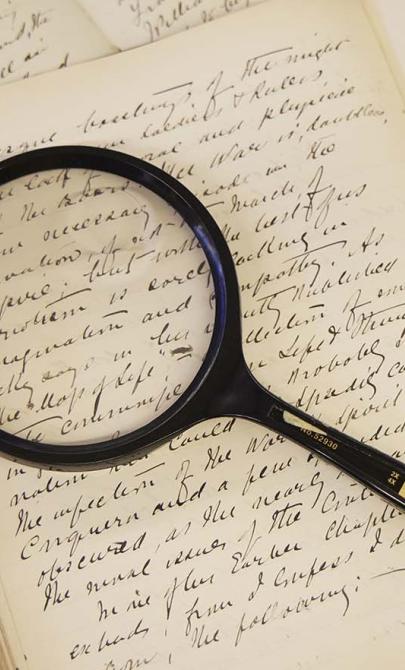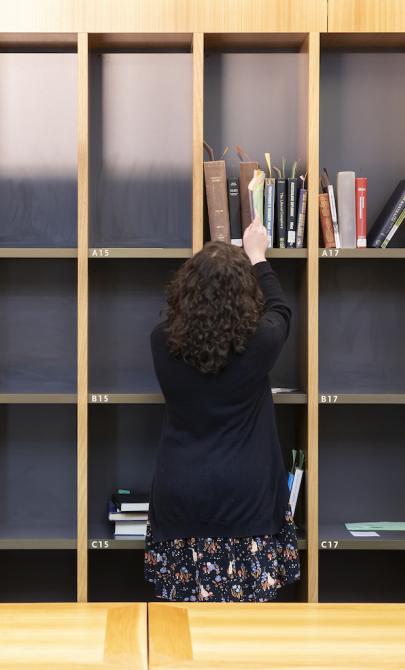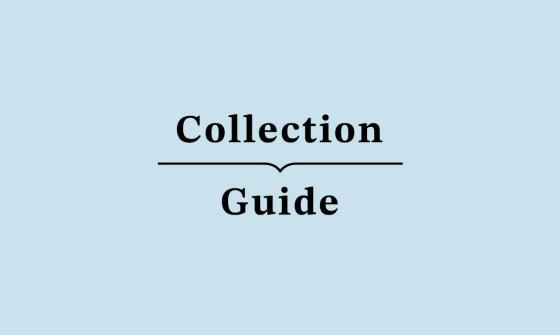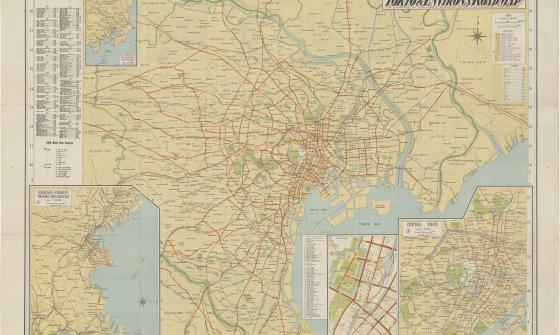London Missionary Society Collection
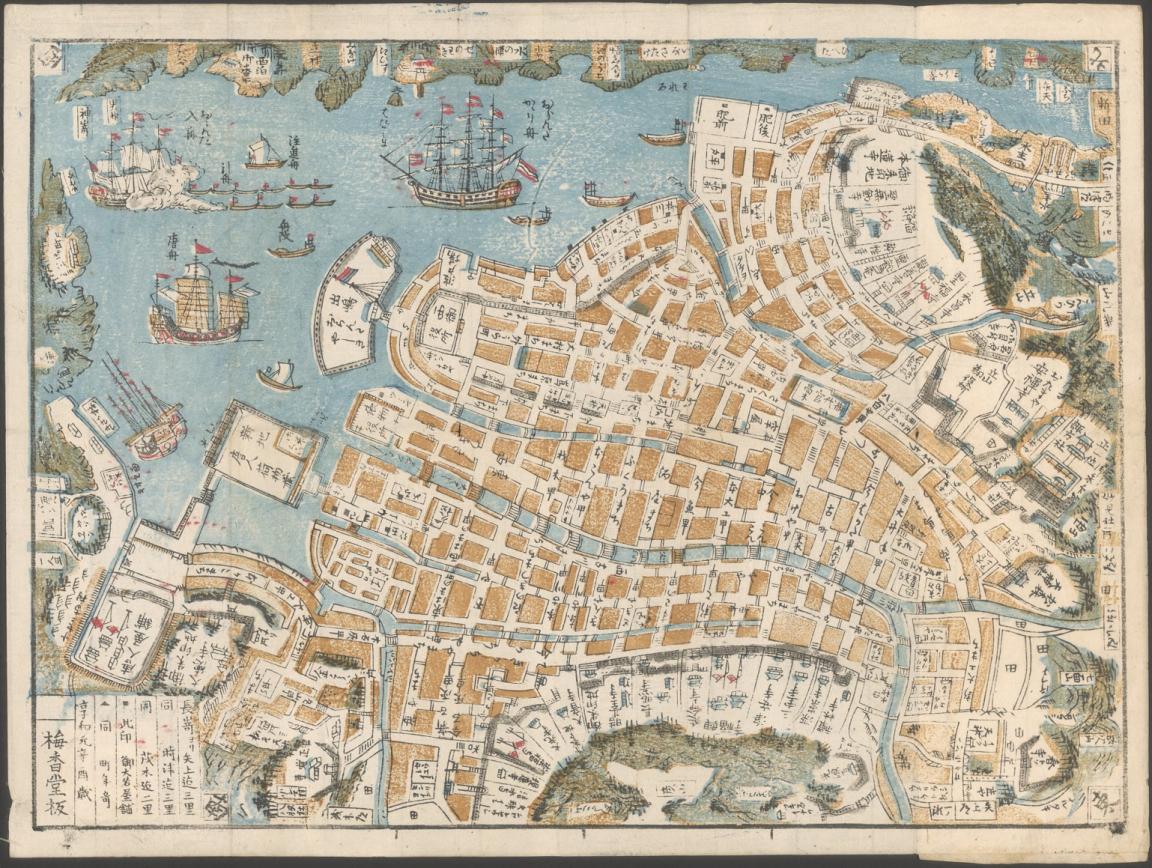
Shinsen Nagasaki no zu, 1801, nla.cat-vn3644559
Shinsen Nagasaki no zu, 1801, nla.cat-vn3644559
Key items in the collection
This collection hosts a range of formats, including:
The collection contains 722 works, with the majority being books written in Chinese, and a smaller portion in Japanese, Korean, and Manchu. The books range from the mid-19th to early 20th century, with some published as early as the 17th century and a few from the 1950s. These books cover a wide range of topics, including Christian theology, Chinese religious practices (Confucianism, Daoism, Buddhism), and language studies. There are also translations of Western authors and writings on various subjects like social economics, art, medicine, and botany.
The collection holds 25 manuscripts. Highlights include a travel diary from Cantonese Christian leader Ho Tsin-sheen in 1843, as well as manuscripts on Chinese medicine, astronomy, and Anglo-Chinese relations.
London Missionary Society map collection
The collection includes a diverse selection of maps, these maps, primarily created between the mid-19th and early 20th centuries, were published in cities across Asia and beyond, including Beijing, Shanghai, Hong Kong, and Tokyo. These maps were part of a broader collection of Christian works, language resources, and writings on various subjects such as Confucianism, Daoism, medicine, and Chinese social economics. The maps, like other items in the collection, serve as valuable historical records of the regions where the London Missionary Society operated, particularly China and its surrounding areas.
Among the modern materials are 25 pamphlets on psychology and intelligence testing by Chinese psychologist Xiao Xiaorang, likely from the 1930s.
About the London Missionary Society Collection
The collection includes 722 items, such as books, pamphlets, manuscripts, newspapers, and maps. Most are in Chinese, but there are also 37 titles in Japanese, three in Korean, and two in Manchu. Some works are bilingual or trilingual, including a Chinese-Malay-English piece. The majority of the works were published between the mid-1800s and early 1900s, with a few dating back to the 17th century and some from the 1950s. These were published in various locations like Malacca, Hong Kong, Beijing, Shanghai, Tokyo, and even San Francisco.
Christian literature
A large portion of the collection focuses on Christian writings, including Biblical translations, hymns, prayers, and theological works. Early Protestant missionaries in China, such as Robert Morrison, William Milne, and James Legge, are well represented. Catholic missionaries and Chinese Christians like Ho Tsin-sheen and Xu Jiaxing also contributed to the collection. Works were published by mission presses like the London Missionary Society, the Presbyterian Mission Press, and the American Bible Society.
Religious and philosophical works
In addition to Christian texts, there are works on Confucianism, Daoism (Taoism), and Chinese Buddhism. The collection also contains Christian almanacs from the 1840s and 1850s, as well as five Qing dynasty almanacs.
Chinese language resources
Dictionaries, grammars, and other works on the Chinese language make up a significant part of the collection. There are also reprints of classical Chinese writings and imperial edicts, including those from Emperor Kangxi.
Taiping rebellion
The collection includes rare and unique materials from the Taiping Rebellion (1850–64), such as proclamations, calendars, and pamphlets from the rebel-held city of Nanjing, offering insight into their Heavenly Kingdom of Great Peace.
Diverse topics
The collection covers a wide range of subjects, including Chinese opera, art, calligraphy, medicine, botany, economics, government, and travel. There are also Chinese translations of Western writers like John Bunyan and Booker T. Washington.
Background to the collection
The collection was purchased from the London Missionary Society in 1961.
The London Missionary Society Collection is kept together as a collection within the Asian Collections, with the exception of the maps, which are held in the Maps Collection.
The maps that formed part of the collection are kept together within the Maps Collection. Every item has been individually catalogued; the call numbers have the prefix LMS.
This guide was prepared using these references:
- Ching Sun and Wan Wong, Catalogue of the London Missionary Society Collection held in the National Library of Australia, National Library of Australia, Canberra, 2001.
- Andrew Gosling, Religion and Rebellion in China: The London Missionary Society Collection, National Library of Australia News, vol. 8 (10), July 1998, pp. 3–6.
